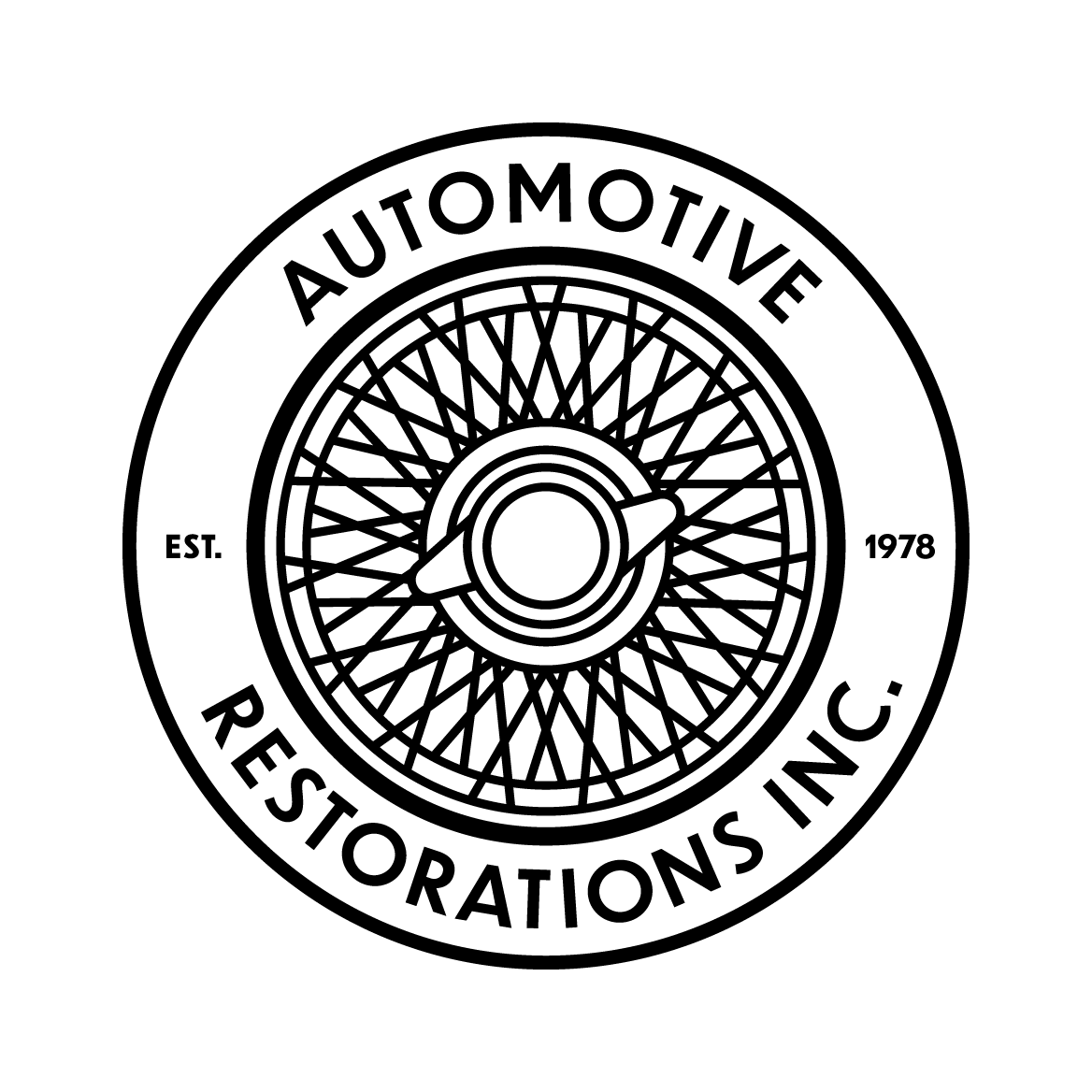AutoWeek, Aug. 2006
Briggs Swift Cunninham was an American sportsman who from 1950 to 1955 committed himself to winning Le Mans with American drivers in an American car. He nearly did so, placing his cars in the top-five each year from 1952 to 1954.
Cunningham defended the America's Cup with the yacht Columbia in 1958. He became a Jaguar and Maserati distributor and raced until he was 58 years old, while his team traveled in well-equipped transporters that set a new standard for race support.
Cunningham entered two Cadillacs at Le Mans in 1950, one a nearly stock Coupe de Ville, the other extensively modified by Grumman, with an aerodynamic body. French fans nicknamed it Le Monstre. In 1951 Cunningham returned to France with a team of three C2Rs powered by Chrysler's new Hemi.
Cunningham had gone to school with the son of Chrysler president K.T. Keller and so was able to buy the new engine before its public introduction. The 331--cid Hemi made 180 hp. The Cunningham-modified Hemi was rated at 220 hp, with four Zenith carburetors mounted on a Cunningham-built log manifold. It would need every bit.
The C2R, based on a massive tubular frame with a de Dion rear axle, was bulky and overweight against its European rivals. It had drum brakes, with the rear brakes mounted in board on the differential. Frnt brakes featured novel copper cooling fins, but those brakes were perpetually weak.
Two C2Rs were eliminated by accidents in 1951 while the third—driven by John Fitch and Phil Walters—ran second until the 18th hour, at which point engine problems slowed the car. After Le Mans the three C2Rs were modified at Cunningham's West Palm Bech shop then sold through International Motors in Los Angeles. One car was destroyed in 1954; the other two have passed through several owners.
But there was a fourth C2R built for the 1951 24 Hour. Cunningham historian Lawrence Berman confirms this car is chassis No. 5105, the backup car that was not raced at Le Mans. Cunningham sold it directly to the family of Richard Rothenberger, and that family has maintained uninterrupted ownership of the car. In 2002, the C2R underwent complete restoration by Automotive Restorations in Stratford, Connecticut.
First impressions? The car is large. It rides on Dunlop Racing tires—6.5x16 fronts, 7x16 rears—mounted on Halibrand "kidney bean" wheels. Two blue stripes run from nose to tail, and surround the roomy cockpit. Blue leather buckets are as large as club chairs.
From behind the wood-rimmed wheel Stewart-Warner gauges are visible in the center of the dash, and there is a 24-hour clock with luminous dial and hands situated directly in front of the driver. Suddenly, it's four in the afternoon at la Sarthe, and we aren't in Connecticut anymore.
The car starts easily by lifting a red safety guard, flipping the fuel pump switch and turning the ignition key. The Firepower Hemi idles at 800 rpm and every deep-throated lumpa, lumpa turn of the engine can be felt. The clutch is firm, not heavy. The four-speed shifter has a very narrow gate and shifts are direct.
The C2R gets under way without drama, but depress the accelerator and the lumpy idle turns to a loud blaaat! and suddenly we're heading down the ulsanne trailed by a Talbot-Lago and an Aston Martin DB2.
A driver of average height sits a full head above the speedboat-style windshield, where buffeting makes it near impossible to hold the head still. A contemporary Jaguar C-Type—the Le Mans winner in 1951—provided much more in the way of driver comfort. But the C2R is surprisingly easy to drive at lower speeds. The steering is not that heavy, turning in easily, and the brakes inspire confidence. And yet it's hard to imagine wrestling this car around Le Mans for a full 24 hours. It would be up to ford to win Le Mans with an American car and engine in 1967. But it was Briggs Cunningham who inspired them. Right down to the racing stripes.



